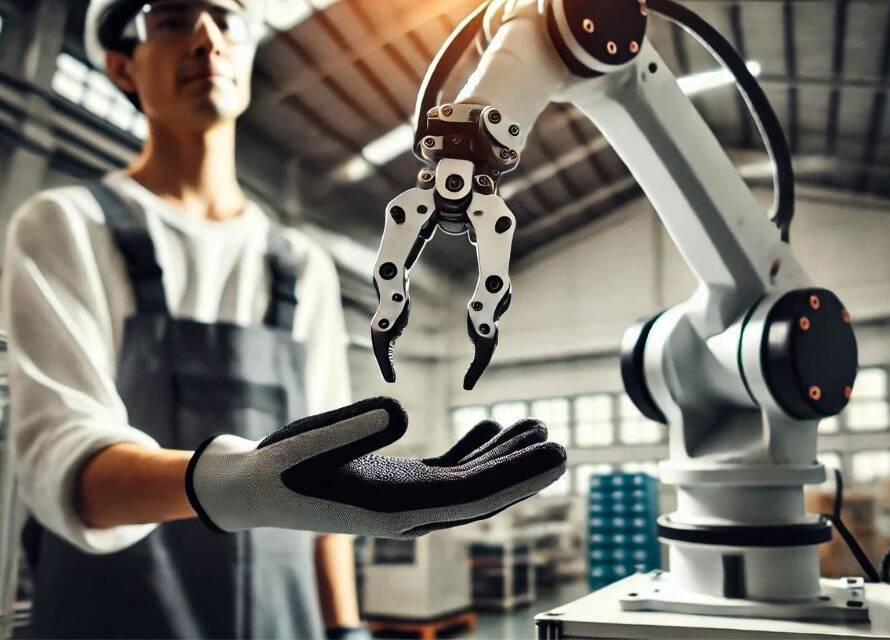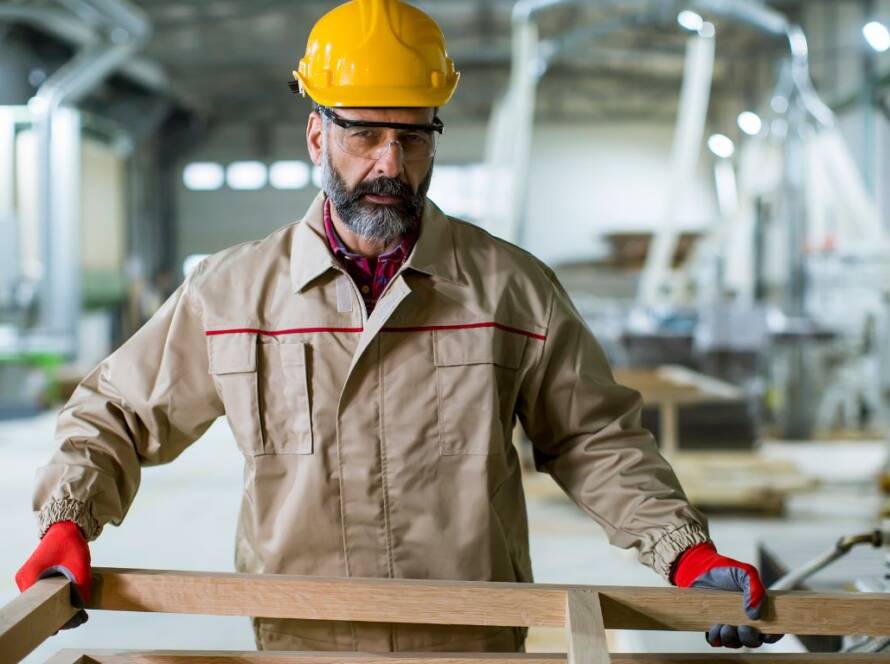A second term for Donald Trump raises familiar questions for U.S. manufacturers. His first term introduced sweeping changes, from significant tax reforms to high-stakes trade policies. While the manufacturing sector experienced moments of optimism and tangible benefits, it also grappled with setbacks such as escalating trade tensions and uneven progress in reshoring efforts.
Looking ahead, Trump’s proposed second-term agenda revisits familiar strategies like tax cuts, workforce development, and reshoring initiatives. But can these policies deliver the manufacturing revival they promise?
Tax Cuts and Tariffs: Revisiting a Mixed Legacy
Trump’s second-term plan to lower the corporate tax rate from 21% to 15% builds on the 2017 Tax Cuts and Jobs Act, which slashed the rate from 35% to 21% and temporarily bolstered manufacturing confidence. However, while some manufacturers used the savings to invest in operations, much of the financial windfall went toward stock buybacks rather than job creation or expansion, according to industry reports.
Tariffs remain central to Trump’s economic vision, with proposed levies targeting imports from China and Mexico. During his first term, tariffs on Chinese goods aimed to reduce trade imbalances and incentivize domestic production. While these measures spurred some reshoring activity, they also imposed higher material costs, particularly in sectors like automotive and electronics. Many manufacturers passed these costs on to consumers, as highlighted in an ABC News report.
Workforce Development: Can Vocational Training Bridge the Gap?
Addressing the manufacturing skills gap was a cornerstone of Trump’s first term. Initiatives like the Pledge to America’s Workers secured commitments from over 430 companies to create millions of training and education opportunities, underscoring a robust public-private effort. Yet the gap persists, with over 500,000 manufacturing jobs currently unfilled, according to the National Association of Manufacturers (NAM).
For a second term, Trump proposes an expanded focus on vocational training and apprenticeships, with an ambitious goal to integrate vocational programs into every high school curriculum. This approach aims to equip students with practical skills tailored to high-demand fields such as manufacturing, technology, and skilled trades. The revival of the National Council for the American Worker is also designed to strengthen connections between businesses, workers, and educational institutions.
Reshoring and Trade Policies: Aspirations Versus Constraints
Trump’s second-term agenda envisions an ambitious reshoring strategy, aiming to phase out imports of critical goods from China. This aligns with growing concerns among manufacturers about geopolitical risks and supply chain resilience. However, the reality of reshoring during Trump’s first term fell short of expectations.
According to industry reports, reshoring during Trump’s presidency was concentrated in a few high-profile cases rather than marking a broad industrial shift. Persistent cost advantages of overseas production and the growing role of automation continued to hinder widespread reshoring efforts. While the administration promoted prominent examples like Foxconn’s much-publicized but underwhelming investment in Wisconsin, these isolated instances did not translate into a significant manufacturing resurgence. Many companies continued to favor offshore operations, reflecting the challenges of reversing long-established globalization trends.
As a U.S.-based company with 30 years of experience, Source Machining Specialties specializes in helping U.S. manufacturers with their manufacturing needs in India. We’re so confident in our Indian production facilities that we invite you to a site audit at our expense. Discover more about our capabilities and services, and let’s start a conversation.



